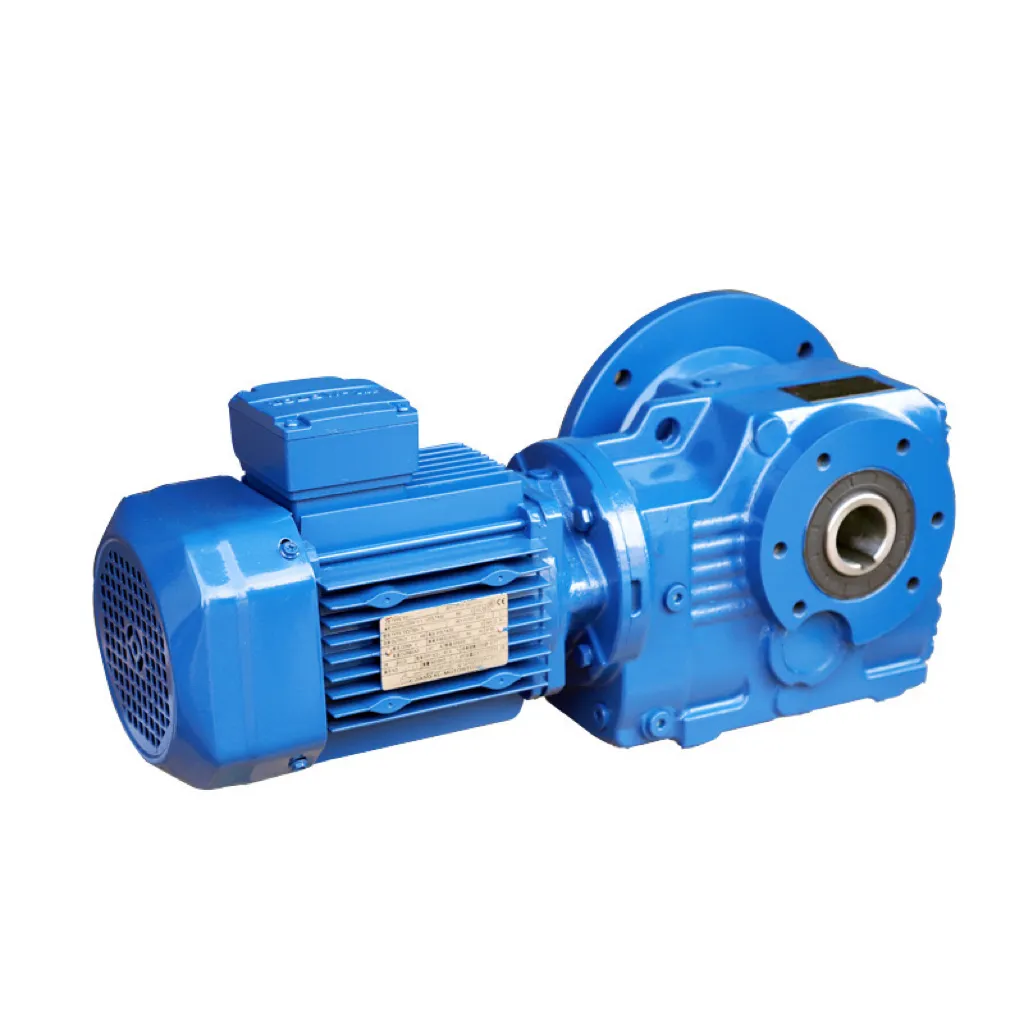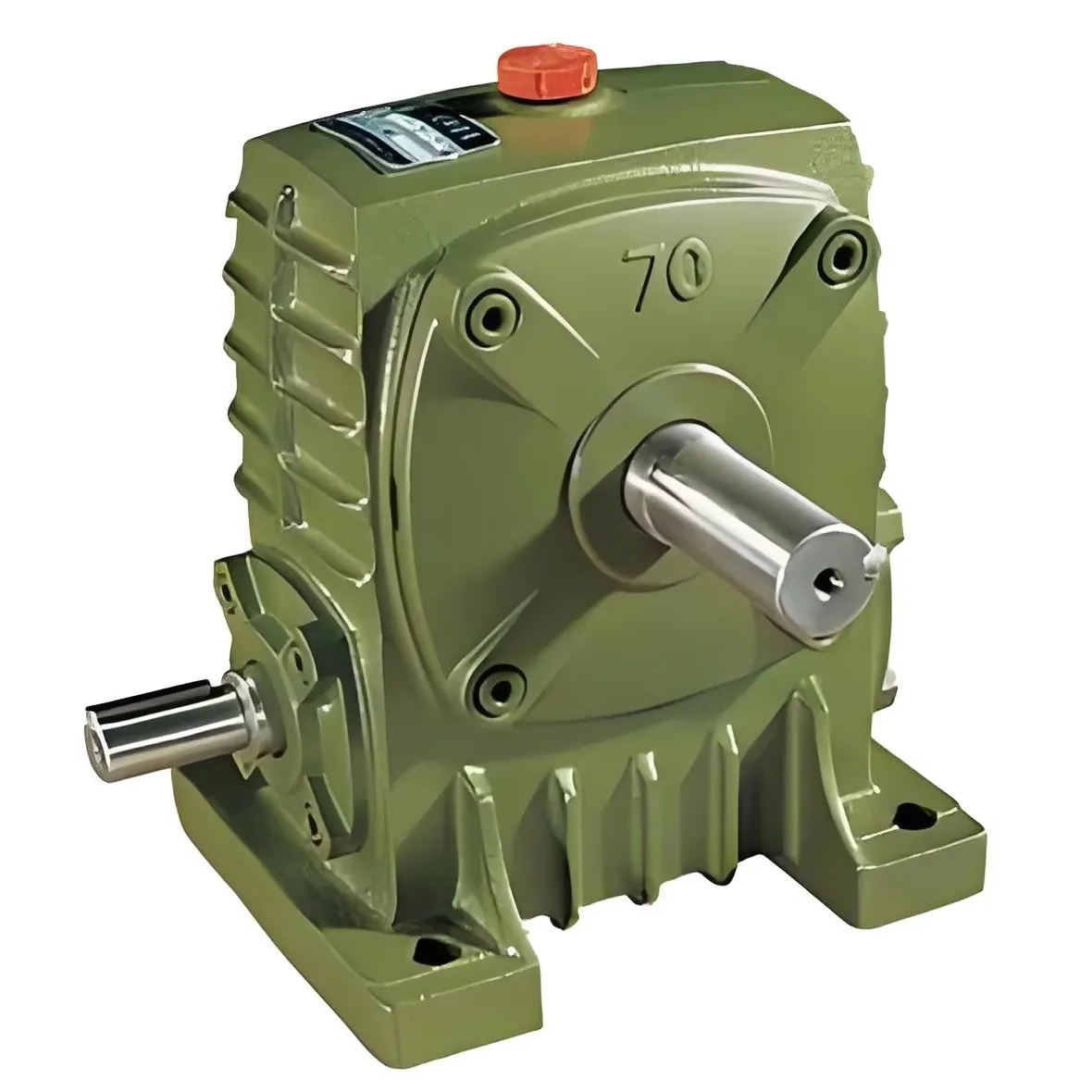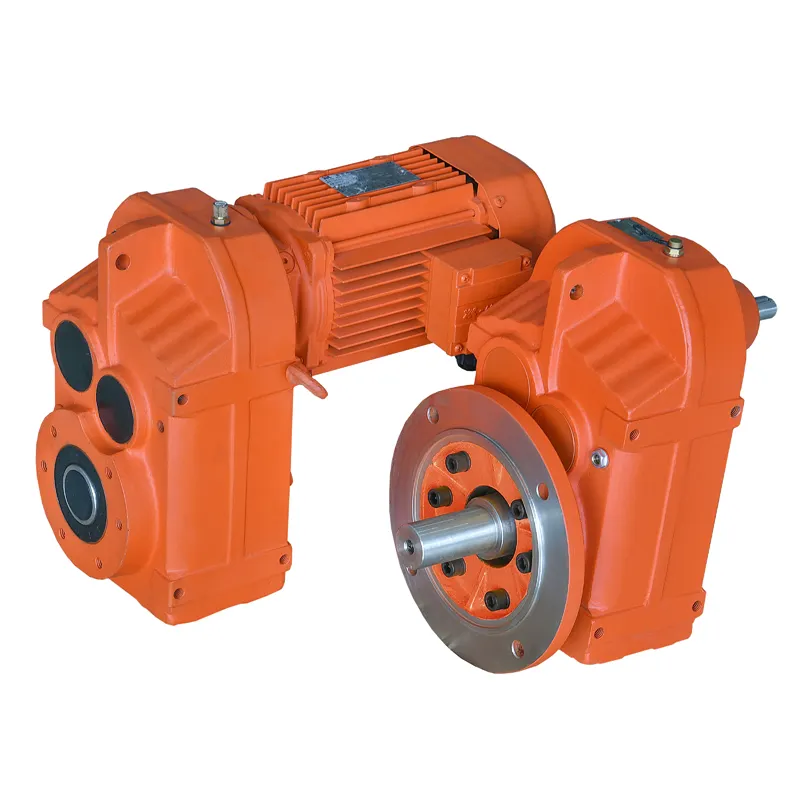gearbox reducer for electric motor
A gearbox reducer for electric motor is a crucial mechanical component that optimizes motor performance by effectively managing speed and torque output. This sophisticated device consists of a series of precision-engineered gears housed within a durable casing, designed to reduce the motor's output speed while simultaneously increasing torque capacity. The primary function is to convert high-speed, low-torque rotation into lower-speed, higher-torque output, making it essential for numerous industrial applications. The reducer employs various gear configurations, including helical, spur, or planetary arrangements, each selected based on specific application requirements. These systems are engineered with advanced materials and treatments to ensure longevity and reliable performance under demanding conditions. The gearbox reducer serves multiple industries, from manufacturing and construction to renewable energy systems, where precise speed control and enhanced torque are essential. It incorporates sophisticated sealing systems to maintain proper lubrication and prevent contamination, ensuring consistent operation and extended service life. Modern gearbox reducers also feature thermal management systems and enhanced bearing arrangements to handle continuous operation under varying load conditions.


